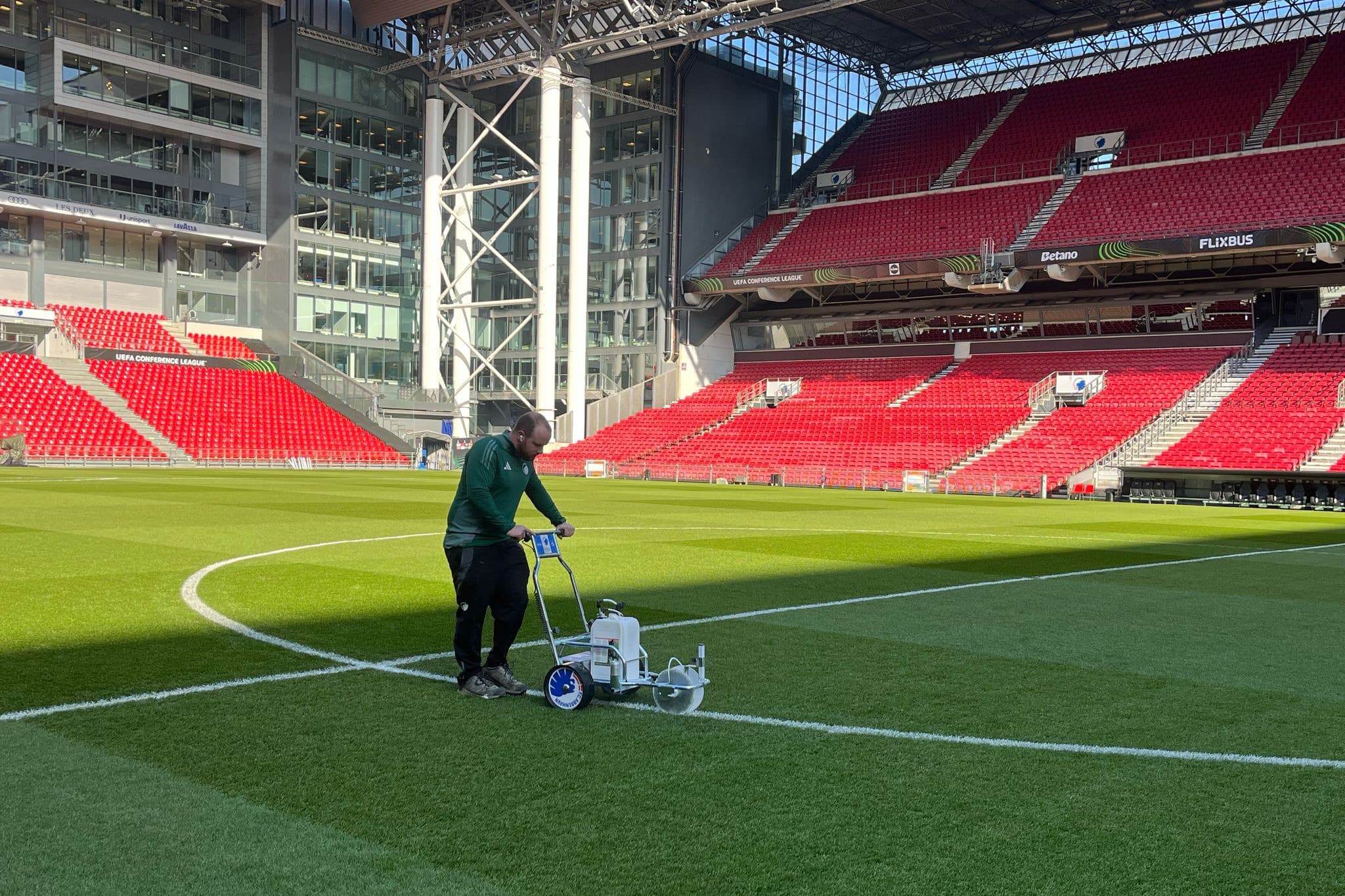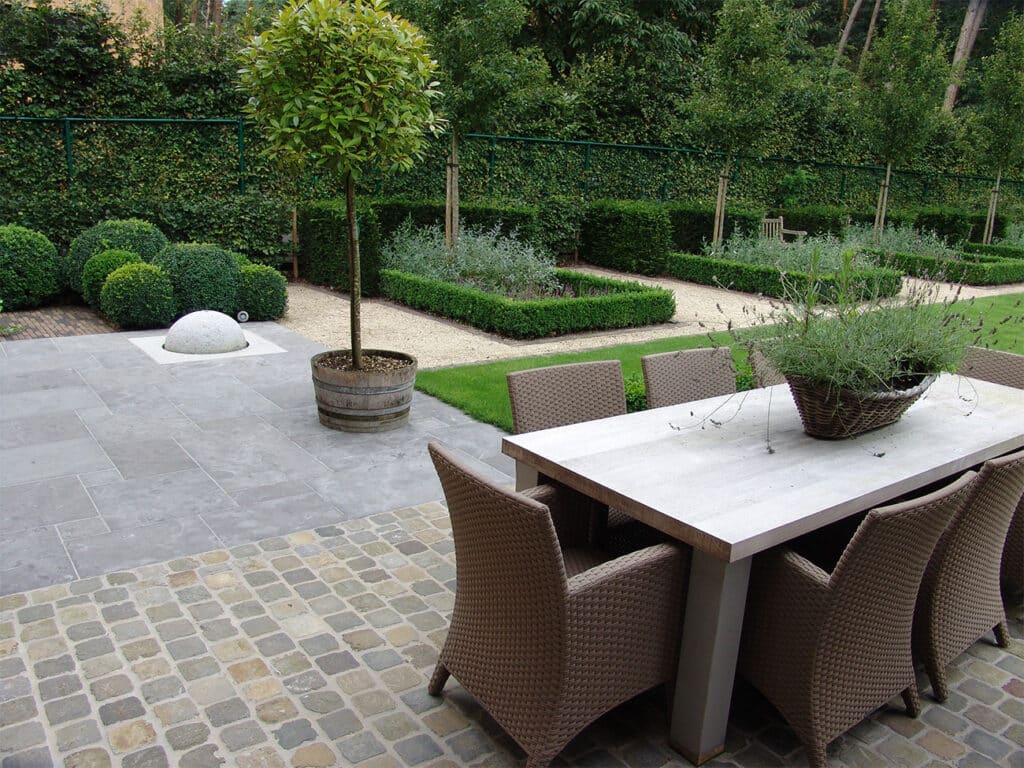
Here's how to select the right grout
Weeds find their way into every nook and cranny, including the joints and seams between clinkers, tiles and other paving materials. Unless you fill those seams perfectly with a custom grout, of course. Only ... what exactly is that, a custom grout? The range is now so vast that even professionals can sometimes no longer see the wood for the trees. Els Meynen of E.L.S. Garden guides us through the different types and points of interest.
"If you want to finish a driveway or patio weed-free, you have to resort to grout," it sounds. "If you work with sand, there is a chance of leaching and weed formation anyway, but even if you use an inappropriate grout, weeds can get free rein. For example, when cracks appear in the grout. After all, weeds don't need much. At the slightest crack, dirt from the air can get into the grout and thus weeds have a chance to germinate."
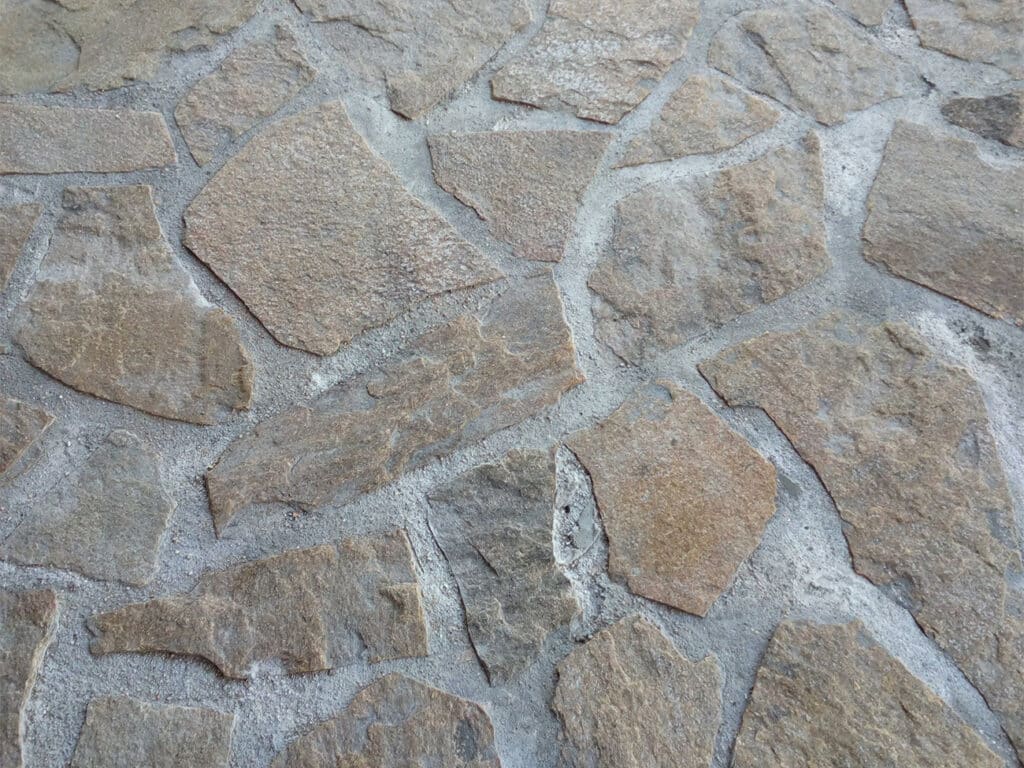
Three types
Els Meynen puts forward three type solutions: cement-based grouts, epoxy resin-based grouts and siloxane-based elastic sealants. "Within the epoxy grouts range, you further have the choice between water-sealing and water-permeable solutions. When it comes to sealants, you have to be especially careful to select a product for outdoor applications."
Material
Which type is best to use depends in part on the paving material. "Cement-based grouts are perfectly suited for porous materials such as cobblestones or soft natural stone, but are guaranteed to cause problems in combination with ceramic tiles. This is because often the edges of such tiles have a completely smooth finish, with the result that they do not absorb water. However, this is a prerequisite for cement-based grouts. The moisture from the cement must be able to be partially absorbed by the stone in order to adhere to the pores. Otherwise, the grout will not expand with temperature changes and will eventually come loose. Therefore, a very simple basic rule is that with ceramic materials you always proceed to bond."
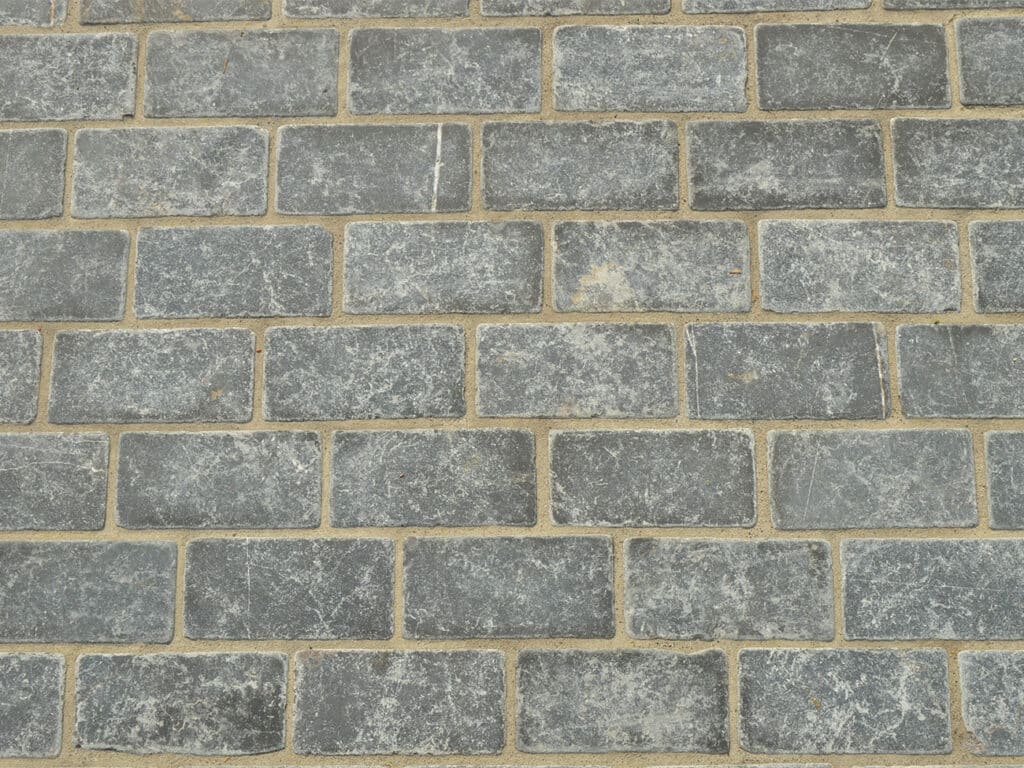
Substrate
At least as important to take into account is the substrate. "If you work with a cement joint, one of the things you have to pay attention to is stability. For example, a cement joint on a cement-bound substrate does not cause a problem, but with substrates made of gravel and sand it is a different story. This is because there, the substrate will always move somewhat with it, causing tension and movement in the pavement as well. Those are not optimal conditions for cement joints, which are relatively prone to cracking."
Water permeability is also a crucial concern, particularly with epoxy grouts. "The water-permeable variant of these grouts may only be used when the substrate is also water-permeable. If you apply this type to a mortar bed, moisture will creep under the tiles via the joints, resulting in frost problems and loose tiles. A water-permeable substrate always requires a water-permeable grout."
And what if there is no substrate, such as at the noses of pool surrounds? "In that case, a sealant joint is appropriate. It adheres to the various materials and holds up nicely even under the influence of water. In theory, you can then grout the rest of the patio with the sealant as well, although depending on the surface and tile size, that can be a very lengthy job."
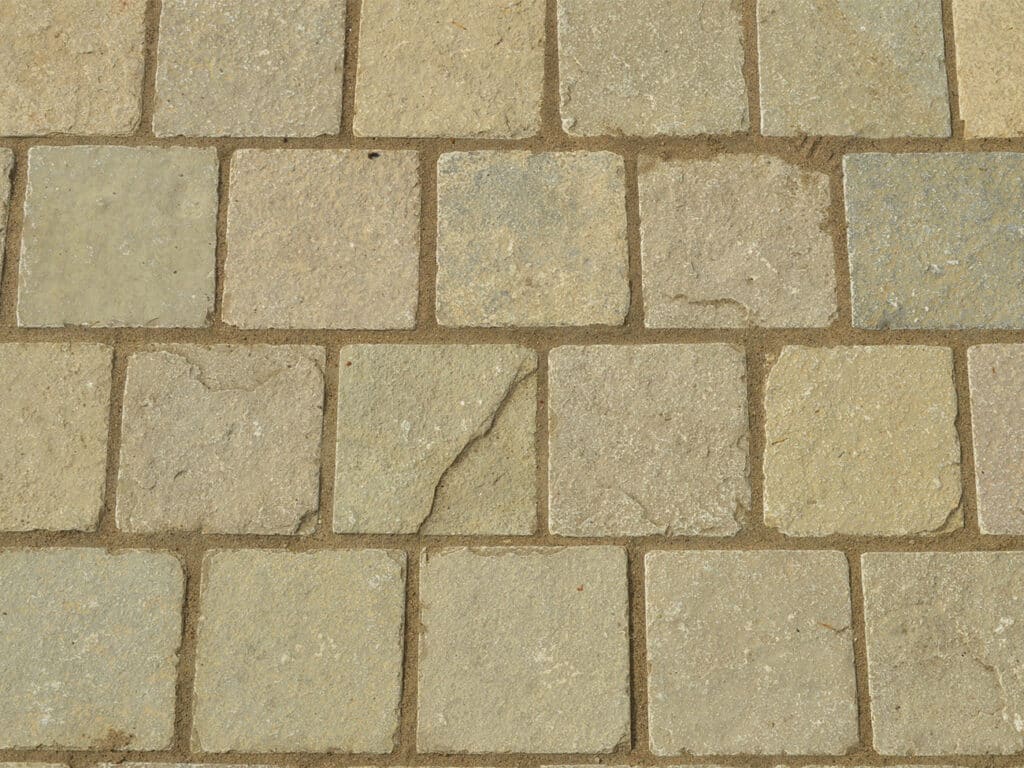
Joint width
When it comes to joint width and depth, each product has its own regulations, but for cement joints, Els Meynen does give a minimum of 0.5 centimeters wide and 2 centimeters deep as a guideline. Epoxy joints can often be made thinner.
"The biggest challenge is determining how much grout you effectively need. That depends on the surface area, tile size, joint width and joint depth. To simplify that calculation, fortunately there are the necessary tools."
Color
Within each range, different colors and pigmentations are available, ranging from ivory, beige and light gray to basalt and anthracite. This allows the color of the grout to match that of the pavement nicely, although Els Meynen warns that outdoor colors are always subject to change. "Some colors can leach from the sun, but dirt in particular has a decisive influence. That will usually cause joints to darken over time."


